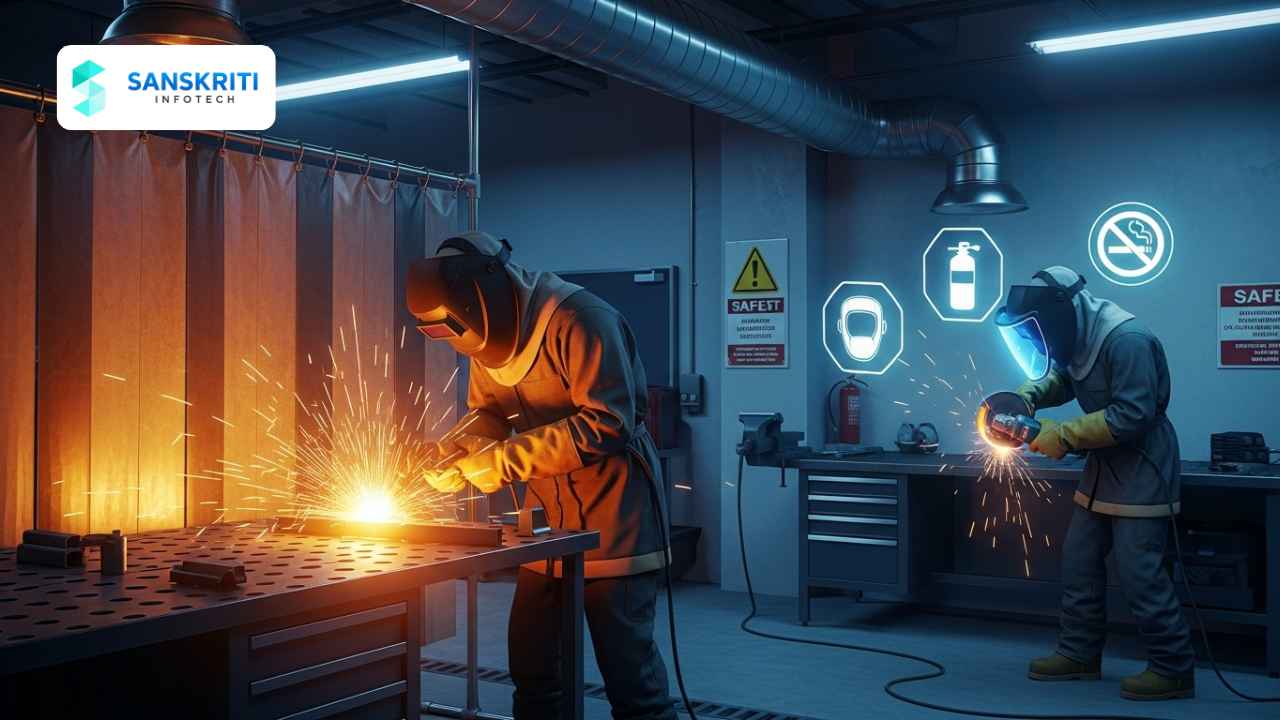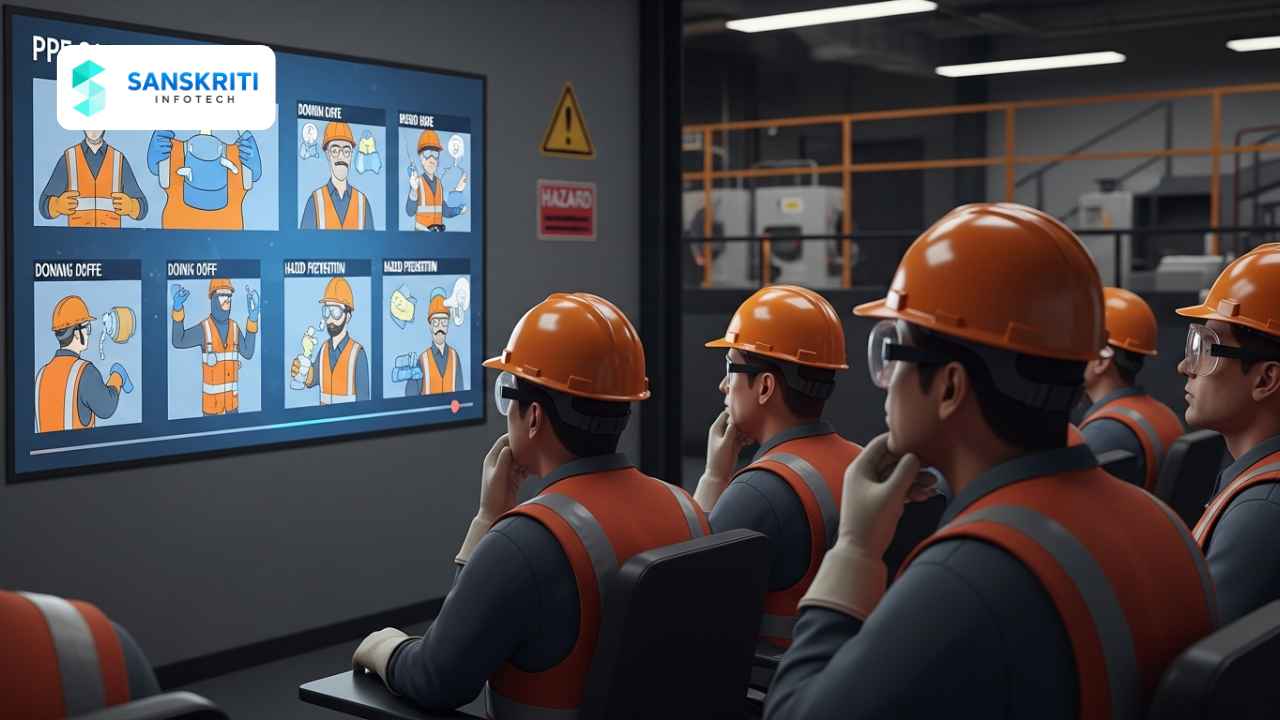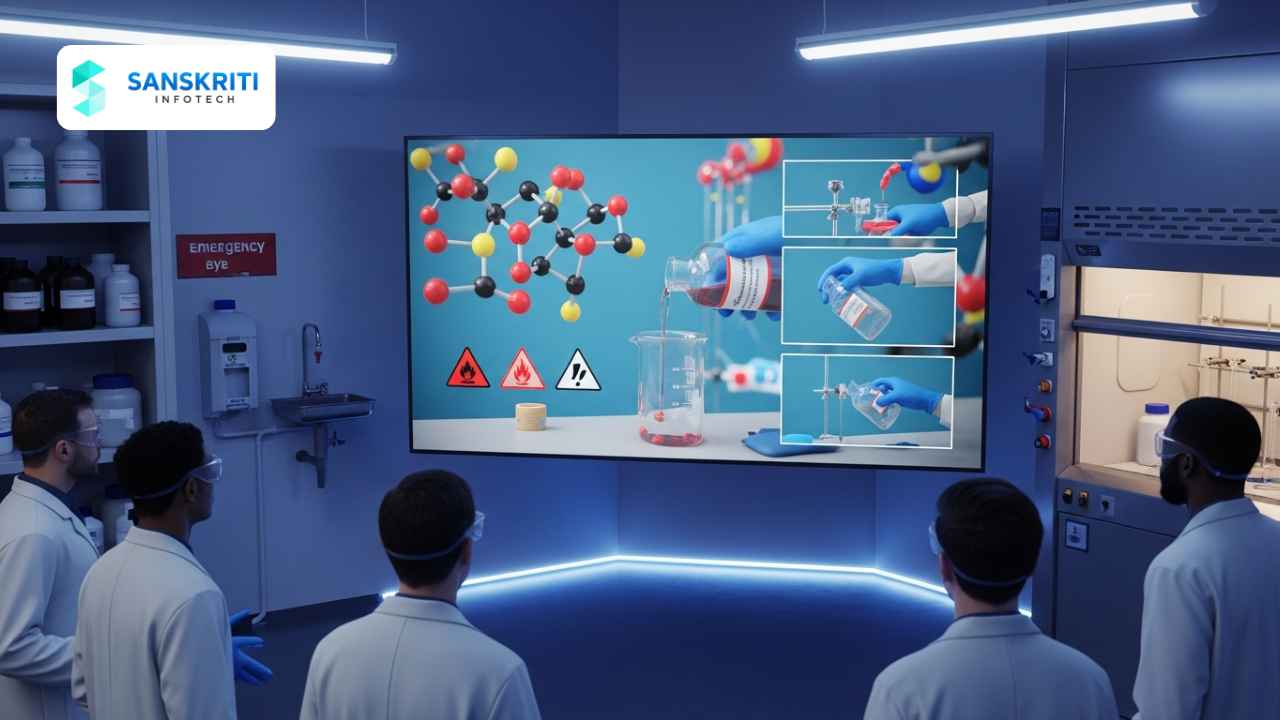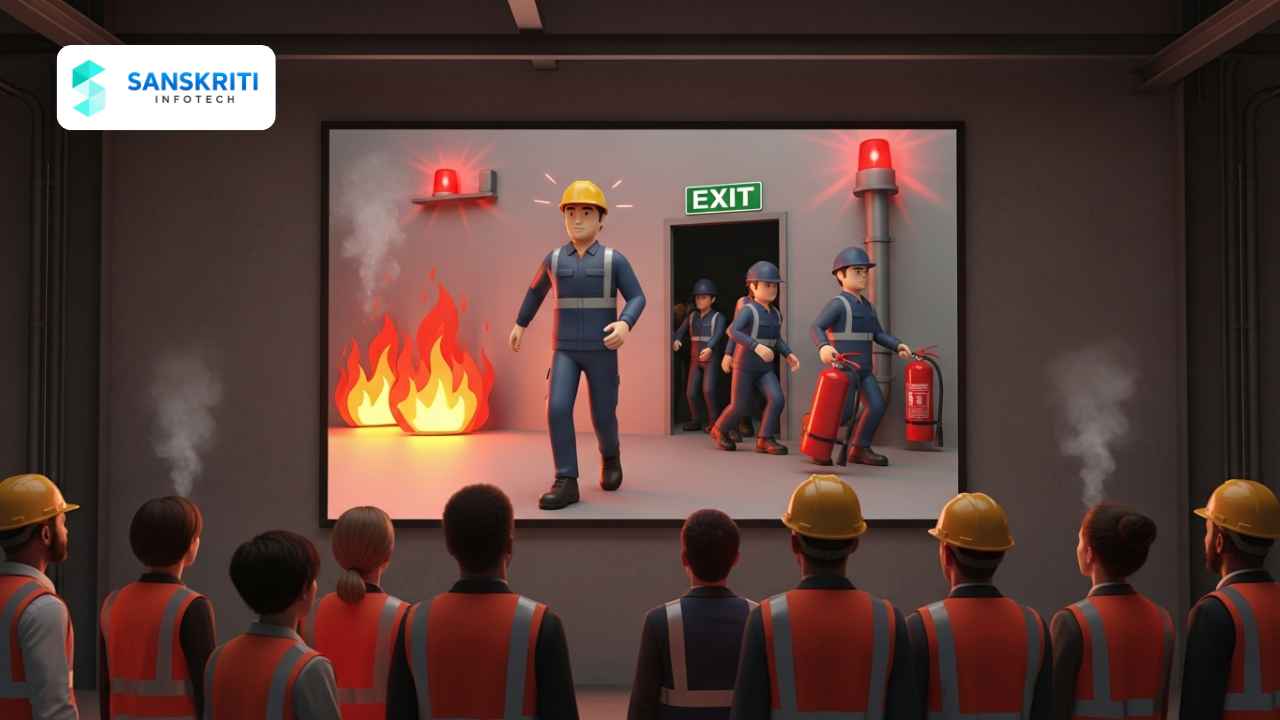Table of Contents
Introduction: Why Hot Work Training Needs a Modern Approach
Hot work — welding, cutting, grinding, and other spark-producing activities — is one of the leading causes of industrial fires and explosions. According to the U.S. National Fire Protection Association (NFPA), hot work accounts for thousands of workplace fires annually, leading to billions of dollars in losses and, more importantly, lives lost.
Despite strict permit-to-work systems, many accidents occur because workers either overlook procedures or fail to fully understand the risks. Traditional classroom training and paper-based SOPs often fall short in explaining invisible dangers like flammable vapors, inadequate ventilation, or failing to maintain a fire watch.
Hot work training animation solves this challenge. By using engaging 3D visuals to simulate welding sparks, confined space hazards, and fire spread, companies can train workers more effectively, ensuring safety, compliance, and reduced incident rates. Discover powerful applications for hot work and industrial safety at 3D Animation Services and sector-specific support for metal & mining, manufacturing, and oil & gas.
The Role of Hot Work Training Animation in Safety Programs
Regulators such as OSHA, NFPA, and HSE (UK) stress the importance of comprehensive hot work training. However, many companies still rely on outdated methods. Animations bring training to life by showing:
- How sparks ignite hidden flammable materials
- The importance of fire-resistant PPE
- The sequence of a proper permit-to-work (PTW)
- Real consequences of negligence
For more, see OSHA Hot Work Safety.
For example, a European steel manufacturer integrated welding safety animations into its contractor induction program and recorded a 45% reduction in near-miss reports within six months.
Welding Safety: Visualizing the Risks
Welding introduces risks such as arc flash, toxic fumes, and combustible sparks. With 3D safety animations, trainers can show:
- Correct welding PPE (face shields, gloves, flame-resistant clothing)
- Proper ventilation requirements
- Arc flash consequences
- Handling of gas cylinders
Workers see not just the correct method but also the dangerous outcomes of cutting corners. Review additional facts at NFPA Hot Work Safety Fact Sheet.
Cutting & Grinding Hazards
Hot work also includes metal cutting and grinding — both of which can generate sparks that travel up to 35 feet. Without proper barricading or fire blankets, these sparks can ignite combustible materials.
- Spark travel distances
- Fire blanket use
- Safe tool handling
- Importance of a fire watch
A Middle Eastern oil refinery adopted grinding hazard animations and saw significant improvements in contractor compliance audits. Industry best practices available at HSE UK Welding & Cutting Guidance.
Hot Work in Confined Spaces
Performing welding or cutting inside confined spaces like tanks, ducts, or vessels multiplies risks. Oxygen deficiency, toxic gases, and fire escalation are critical concerns.
- Permit-to-work for confined space hot work
- Atmospheric testing before entry
- Ventilation requirements
- Emergency rescue protocols
Safety animations demonstrate these steps with clarity. See more from ILO Safety in Welding.
For instance, an Asian shipbuilding company used confined space hot work animations to train welders, reducing confined space incidents by 30%.
Permit-to-Work & Fire Watch Explained Visually
The PTW system and fire watch protocols are critical in hot work safety. Unfortunately, workers often see them as paperwork burdens instead of lifesaving controls.
Animations make PTW processes engaging by showing:
- The PTW approval workflow
- Fire watch responsibilities
- Case studies of fire prevention due to vigilant fire watchers
By visualizing these steps, workers understand why these protocols exist, not just that they must follow them.
Benefits for HSE Managers & Training Leaders
For HSE managers, the ultimate goal is to reduce fire risk and ensure compliance with OSHA, NFPA, and ISO standards.
Hot work training animation delivers:
- Higher Engagement and Retention
- Standardized Training Across Shifts
- Incident Reduction
- Cost-Effective, Scalable Learning
Training modules can be integrated into digital workflows for industries from chemical and pharmaceutical to metal & mining. According to a McKinsey report, digital learning methods like 3D animation improve knowledge retention rates by over 60% compared to traditional training formats.
Real-World Industry Adoption
Organizations worldwide are embracing hot work animations:
- A U.S. shipyard reduced welding accidents by 25% after deploying animations.
- A Middle Eastern petrochemical plant used animations to meet NFPA compliance during audits.
- A European manufacturing plant made animations mandatory for contractor inductions, cutting fire violations significantly.
Conclusion: Hot Work Safety Made Engaging and Effective
Hot work is inherently dangerous, but with the right training tools, risks can be minimized. Hot work training animation transforms dull SOPs into powerful visual lessons that workers remember and apply. From welding PPE and spark containment to confined space hot work and fire watch protocols, animations deliver clarity and compliance.
At Sanskriti Infotech, we create custom hot work safety animations tailored to your SOPs, regulations, and workforce needs. Our 3D visuals help your team learn faster, reduce incidents, and build a safety-first culture.
Ready to make hot work training safer and more engaging? Contact Sanskriti Infotech today.






